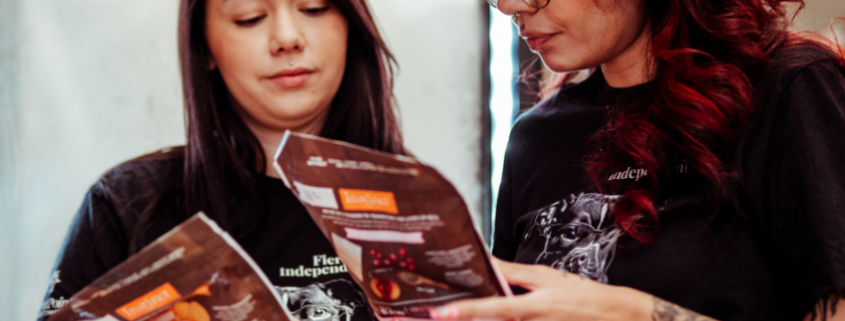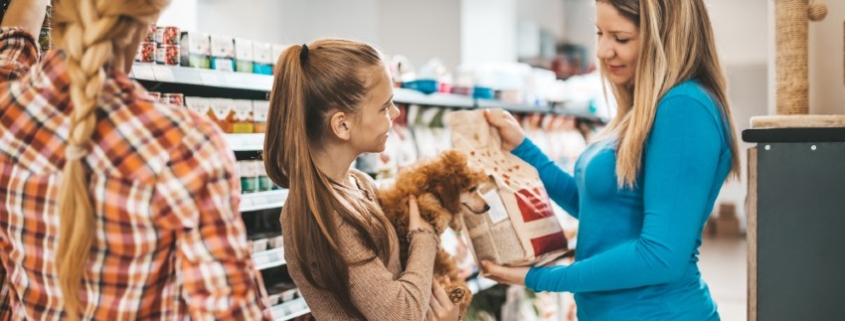“My Dog Was Sick, So I Made a Pet Food Brand” – The Industry’s Most Misleading Marketing Gimmick
When pet food marketing leans on emotional stories, science often gets left behind. Learn how to see through the noise and choose the best nutrition for your pet.








